 The old adage “Location, location, location,” applies to home buying not just because we want to live in a good neighborhood, but because of where we need to go from there. Most people still have to commute to and from work every day, so navigating the roads and highways and sitting in traffic can constitute a significant portion of our time each week.
The old adage “Location, location, location,” applies to home buying not just because we want to live in a good neighborhood, but because of where we need to go from there. Most people still have to commute to and from work every day, so navigating the roads and highways and sitting in traffic can constitute a significant portion of our time each week.
Add in our need to drop the kids at school, take them to sports and activities, run errands around town, and maybe even drive somewhere fun on the weekends, and the locationx3 adage rings truer than ever.
In fact, the average daily commute for those living and working in the greater Sacramento region is now almost 90 minutes – or an hour and a half each and every work day!
So, to ensure that you’re factoring in commute times when you decide to buy a house in a certain area, here is some great information on how long it takes to drive to and from work in Sacramento.
Although it’s slightly outdated now, a 2015 article in the Sacramento Business Journal entitled “Worst and Best Cities for Commutes” analyzed average commute times among 20 popular neighborhoods and cities in the greater Sacramento area. Using Google Maps, they determined the typical time to drive to work, and then come home in the afternoon or evening (AM and PM commute times were often very different).
Highlights of the list of commute times in the Sacramento region:
- West Sacramento
Average round trip: 65 minutes
- Sacramento (Midtown, East Sacramento and on the Grid)
Average round trip: 65 minutes
- Rancho Cordova
Average round trip: 73 minutes
- Citrus Heights
Average round trip: 78 minutes
- Davis
Average round trip: 82 minutes
- Folsom
Average round trip: 82 minutes
- Carmichael
Average round trip: 84 minutes
- Roseville
Average round trip: 85 minutes
- Fair Oaks
Average round trip: 85 minutes
- Rocklin
Average round trip: 94 minutes
- El Dorado Hills
Average round trip: 97minutes
- Granite Bay
Average round trip: 99 minutes
- Elk Grove
Average round trip: 106 minutes
- Auburn
Average round trip: 108 minutes
- Lincoln
Average round trip: 114 minutes
According to various studies, here are some interesting facts about Sacramento roadways and commute times:
Last year, the busiest traffic day of the year in Sacramento was Thursday, December 15.
In total, we travel more than 1,382,908 miles on Sacramento’s 13,841 miles of roads (highways are only 171 miles of that!).
The average person spends an extra 28 minutes per day, or 106 hours per year, commuting because of traffic congestion. That’s more than four whole days we sit in traffic unnecessarily because the roadways are too crowded!
Friday after work traffic? Research shows that when it comes to evening commute times, Wednesday and Friday are second only to Thursdays – while Mondays and Fridays are lowest.
Sacramento suffers a 22 percent congestion level, which means that it takes approximately 22 percent longer to get from Point A to Point B because of traffic congestion Notably, that’s up 3 percent from just last year.
However, there is a story within a story for that congestion percentage.
In fact, Sacramento’s traffic congestion rate for:
Morning peaks times +38%
Evening peak time (after 5 PM) +54%
Highways +15%
Non-highways +26%
There’s another dynamic we have to mention when we talk about Sacramento traffic and commuting: The Bay Area. Specifically, there are plenty of people who now live in Sactown and make the long drive (or train ride) down to San Francisco or even the Silicon Valley for work.
At last estimate, there were about 120,000 Sacramento residents who have jobs based in the Bay Area. While many of them may work virtually, just go down to the Bay every few days, or stay overnight there during the week, approximately 17,000 people who live in Sacramento make the long commute to the Bay every working day.
To put it in perspective, that’s about the same number as a sell-out at a Sacramento Kings game!
Of course, with all of the benefits of growth and enrichment in the Sacramento region (including a boon to home values), there is a significant downside on the traffic situation, prolonging our commutes.
In fact, Sacramento was the fastest-growing city in all of California last year!
Not only is the Queen City growing organically, but a large portion of people moving to Sacramento for the first time are actually coming from the Bay Area, choosing to live in Sactown and commute back to San Francisco or Silicon Valley every day.
The swelling street traffic and clogging congestion weighs heavily on Sacramentan’s minds. In fact, a new poll by Valley Vision and Sacramento State’s Institute for Social Research (ISR) find that reducing traffic (and therefore, commute times), is the regions “most serious” transportation issue.
“The findings of this transportation poll offer valuable information to local policy makers on investments and priorities for advancing transportation and mobility infrastructure for our communities at a time when improvements are of increasing importance,” said Valley Vision chief executive Bill Mueller. “Valley Vision believes that having a greater understanding of residents’ transportation uses, needs and challenges will serve to better direct regional planning and goal-setting.”
Speaking of which, what are the viable solutions on the table to help reduce Sacramento resident commute times? The first (and best) one to look at is an investment in public transportation, as even a 10% decrease in cars on our roads and highways during rush hour will ease traffic flow.
Ridesharing is also an important stopgap measure. However, research shows that 69% of respondents (nearly 7 out of 10 people) drive alone most of the time!
So, why don’t people use public transportation more? In this same poll, respondents cited safety concerns and stops that were too far from their homes as the major reasons why they didn’t take advantage of public transportation more.
“Capitalizing on residents’ willingness to increase use of public transit is imperative to congestion relief strategies,” said Henry Li, Sacramento Regional Transit District General Manager/CEO. “As the region’s population continues to grow, our ability to coordinate planning, inject new investment, and assert needed policy actions are all vital to delivering public transit that serves residents’ needs today and in the future.”
It just goes to show that the old adage is true – and choosing your location wisely is paramount when buying a house. But, more than ever, that also includes factoring in your commute times to and from work.
 Square footage is always at a premium when you buy a home, but that’ even more so as prices climb and centralized neighborhoods become more attractive.
Square footage is always at a premium when you buy a home, but that’ even more so as prices climb and centralized neighborhoods become more attractive.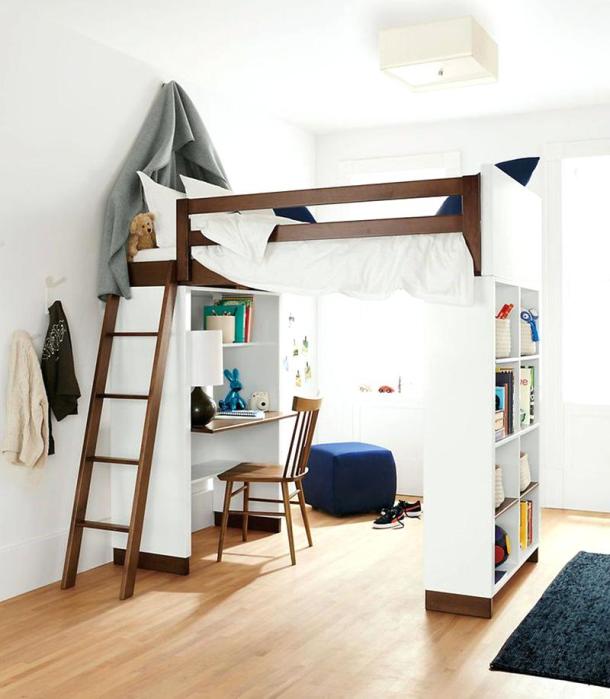 2. Add outdoor living spaces to extend the use of your home. This can be a wrap-around porch, an outdoor eating area, a covered patio, or a sitting area to enjoy your wine/coffee and greet your neighbors in the front of your home.
2. Add outdoor living spaces to extend the use of your home. This can be a wrap-around porch, an outdoor eating area, a covered patio, or a sitting area to enjoy your wine/coffee and greet your neighbors in the front of your home.
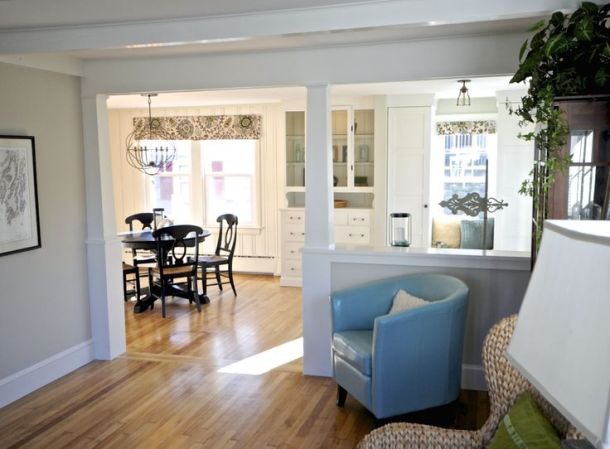
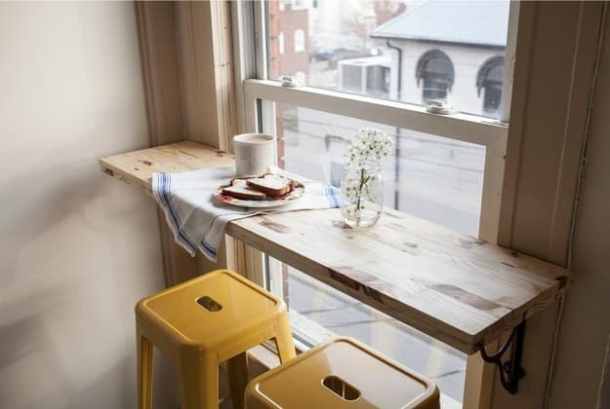

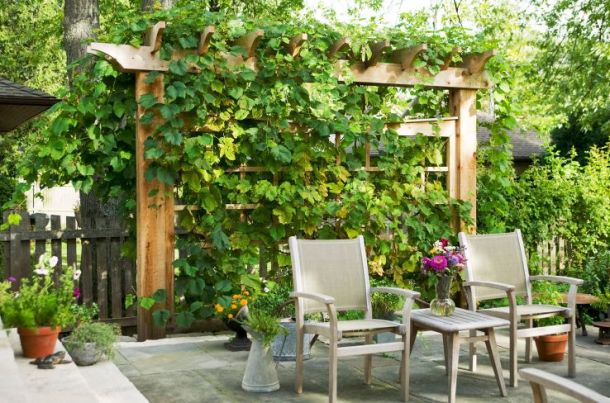

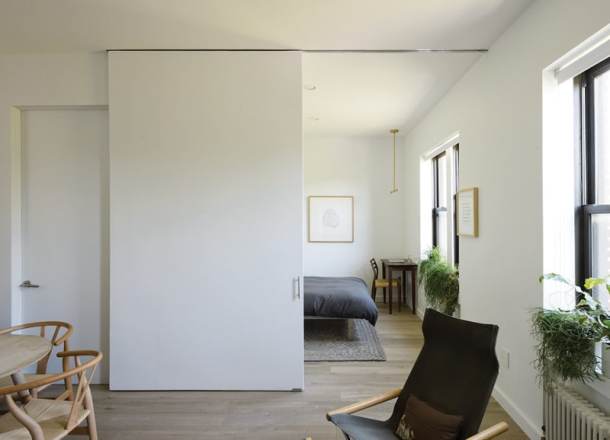
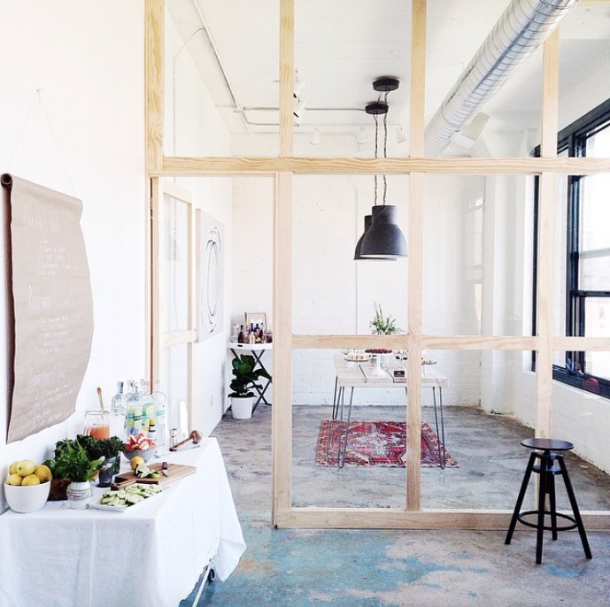
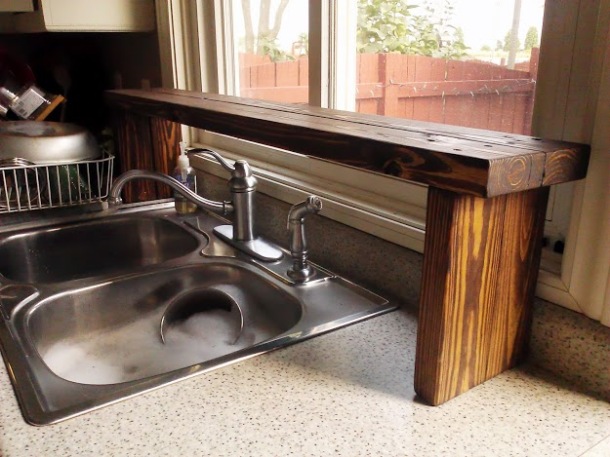
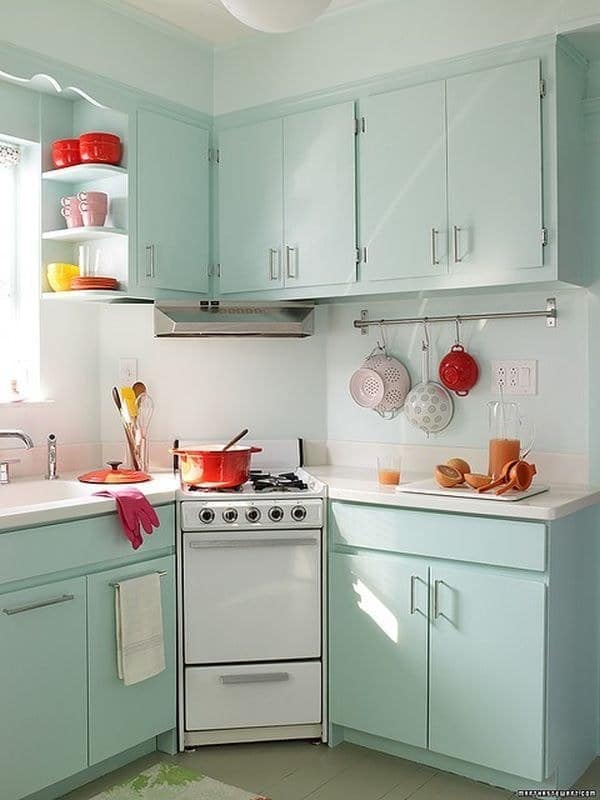








 If you’re a homeowner in the Sacramento area and thinking about putting a For Sale sign in your front yard, the perfect storm of market factors is now in your favor – a veritable seller’s paradise.
If you’re a homeowner in the Sacramento area and thinking about putting a For Sale sign in your front yard, the perfect storm of market factors is now in your favor – a veritable seller’s paradise. Do you love your neighbors? How about like them? Even know them on a first-name basis?
Do you love your neighbors? How about like them? Even know them on a first-name basis? Think back to when you bought your current home. For some of you, that was years and years ago. But for others, it’s been just a few months and you’re still settling in. Regardless of when you purchased your last home, is there something that you wished you did differently?
Think back to when you bought your current home. For some of you, that was years and years ago. But for others, it’s been just a few months and you’re still settling in. Regardless of when you purchased your last home, is there something that you wished you did differently? Have you seen the movie “Lady Bird” yet?
Have you seen the movie “Lady Bird” yet?
 The Fabulous 40s
The Fabulous 40s When they all do sit down to Thanksgiving dinner at that house, the turkey used in the movie was donated by Corti Brothers, another East Sacramento institution!
When they all do sit down to Thanksgiving dinner at that house, the turkey used in the movie was donated by Corti Brothers, another East Sacramento institution! American Market & Deli
American Market & Deli Club Raven
Club Raven Gunther’s Ice Cream
Gunther’s Ice Cream Thrift Town
Thrift Town Wide Open Walls mural
Wide Open Walls mural
 When it comes time to selling your home, everyone wants to walk away with as much profit as possible when the ink dries. So, I’ve put together this list of 10 ways to do just that based on my experience selling homes for top dollar, housing sales data, and industry research.
When it comes time to selling your home, everyone wants to walk away with as much profit as possible when the ink dries. So, I’ve put together this list of 10 ways to do just that based on my experience selling homes for top dollar, housing sales data, and industry research. It’s been called the Paris of Sacramento, the cultural epicenter of the region, and the best neighborhood in the City of Trees. There’s no denying that East Sacramento is one of the premier places to live, work, and play in all of Northern California.
It’s been called the Paris of Sacramento, the cultural epicenter of the region, and the best neighborhood in the City of Trees. There’s no denying that East Sacramento is one of the premier places to live, work, and play in all of Northern California.